DEXIS CariVu™ — Caries (Cavity) Detection Device
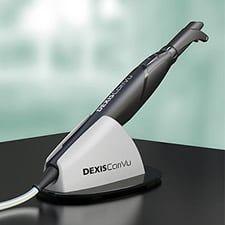
Cavitron JET Plus Ultrasonic Scaler and Air Polishing System
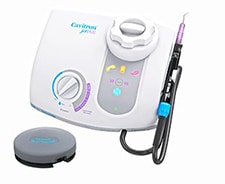
Some of the advantages of the Cavitron Ultrasonic Scaler include:
- Faster than traditional teeth cleaning methods
- A pleasant alternative to hand scaling
- Safe and effective method to clean teeth
Digital X-Rays
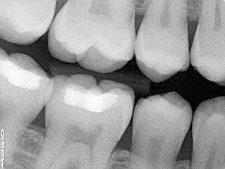
Instead of X-ray film, digital radiography uses a digital image capture device. This gives advantages of immediate image preview and availability; elimination of costly film processing steps; a wider dynamic range, which makes it more forgiving for over- and under-exposure; as well as the ability to apply special image processing techniques that enhance overall display of the image.
Digital X-rays can be sent to a computer to be recorded and saved.
Oral ID
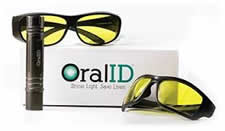
ARESTIN®
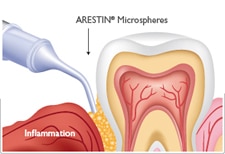
If you have periodontal (gum) disease, SRP is needed to help improve the health of your teeth and gums. Bacteria are the cause of gum disease. That’s why your dental professional may recommend ARESTIN®. It is an antibiotic that helps kill bacteria at the root of the problem. Take your dental professional’s advice—choose ARESTIN®.
ARESTIN® contains microspheres—tiny particles—that are smaller than grains of sand and are not visible to the eye. The microspheres are filled with the antibiotic minocycline hydrochloride. These microspheres release the antibiotic over time, killing bacteria so your gums can heal better than with SRP alone.
Intra-Oral Camera
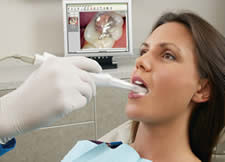
The intraoral camera is especially useful during dental restoration procedures. For example, if you were to have an amalgam tooth filling replaced with a composite resin filling, your dentist could use the intraoral camera to take “before and after” pictures and display the results simultaneously for you to see!
In addition to being a great diagnostic tool, the intraoral camera is a fantastic educational aid. Instead of merely explaining to you what’s happening inside your mouth, your dentist can actually show you. And, unlike conventional X-ray images that require processing time, there is no development time associated with intraoral cameras: The immediately available images that this tool renders can be a great time-saver for both you and your dentist.
Soft Tissue Laser
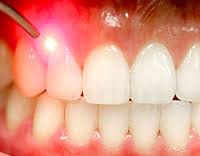
In laser dentistry, these molecules are hemoglobin, water, and melanin – the molecules that make up your gum tissue.
Because the laser is only attracted to your gum tissue, it’s a very safe tool to use. It will not affect hard tooth structure or any metal you may have in your mouth. It only affects the area of tissue your dentist wants to treat.
A laser is more precise, causes less pain, and prevents bleeding better than traditional tools used on soft tissues. The highly focused laser light cauterizes nerve endings, coagulates blood vessels, sterilizes the surgical site, and increases the speed of healing. Instantly cauterizing nerve endings greatly reduces pain during the procedure and after.


